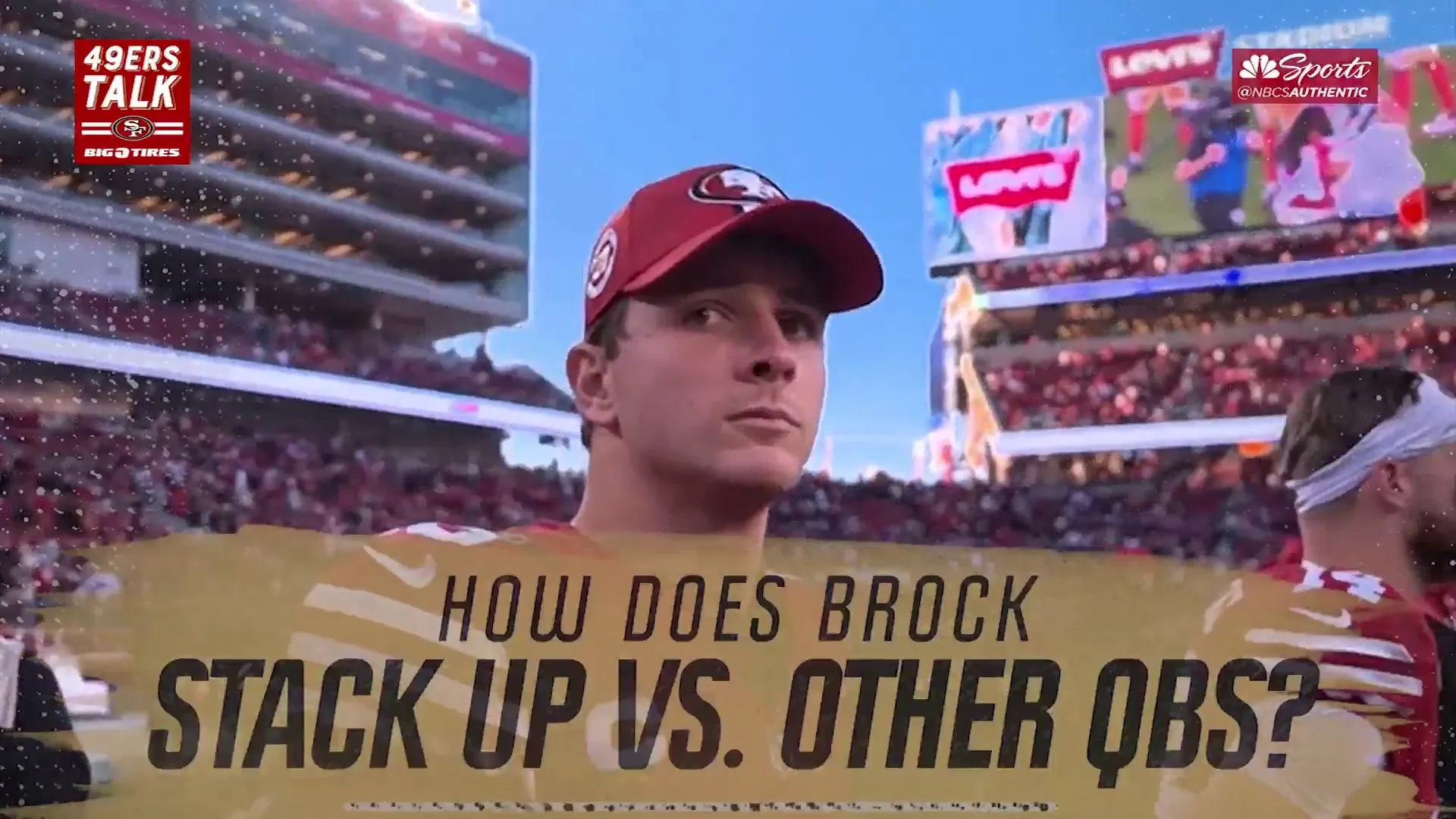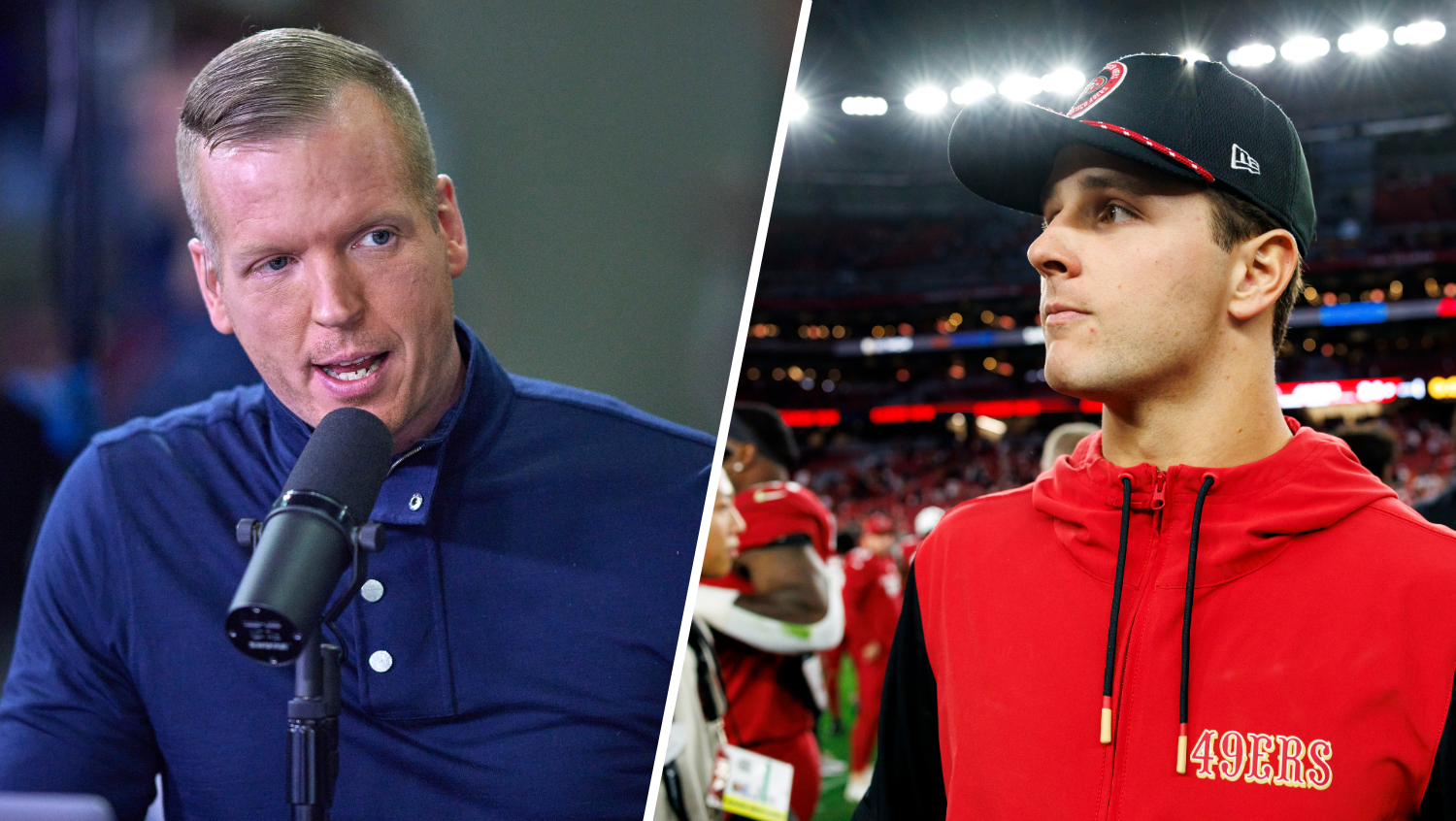49ers Insider Matt Maiocco reveals that John Lynch did not call the Jets to inquire about trading for safety Jamal Adams. Adams was just traded to the Seahawks for three draft picks and a safet;y Bradley McDougald.
There's no question that the Seahawks landed a premium player in trading for Jamal Adams, but they certainly paid a high price to do so.
To acquire the All-Pro safety, Seattle sent its first-round picks in the next two NFL drafts, a 2021 third-round pick and Bradley McDougald -- a pretty good safety in his own right -- to the New York Jets. The Seahawks also received the Jets' 2022 fourth-round pick in the deal.
There hasn't been a great track record for teams giving up that much in a trade for a player who, albeit is a star, will still need to be paid a record-setting contract extension. Just look at the position the Los Angeles Rams find themselves in after coughing up a similar package to land cornerback Jalen Ramsey.
With our All Access Daily newsletter, stay in the game with the latest updates on your beloved Bay Area and California sports teams!
Consequently, the general consensus is that the Seahawks gave up too much in the trade, particularly due to the fact that safety isn't considered a premium salary position like quarterbacks, left tackles and pass rushers are. ESPN's Bill Barnwell explored that theory in detail, and didn't come away with a considerably different conclusion.
[49ERS INSIDER PODCAST: Listen to the latest episode]
The Seahawks, as you might expect, feel differently. Seattle general manager John Schneider recently joined NBC Sports' Peter King Podcast and defended the transaction -- specifically including a second first-round pick in the package.
"The way we view it is -- and I hope this comes across the right way -- but historically we've been picking in the late 20s," Schneider told King. " ... When you're picking in the late 20s, it's a different challenge. And we just viewed it as an opportunity to say if we were picking at 27 and to move up to No. 26, what does that look like to us on draft weekend? And quite honestly we felt it was appropriate for us that that would be the right compensation.
San Francisco 49ers
Find the latest San Francisco 49ers news, highlights, analysis and more with NBC Sports Bay Area and California.
"Now that can be debated, right? It's fun, it's entertainment for everybody, I get it. But when you're in that arena with somebody and you're having those negotiations and you're trying to figure out what your future is gonna look like -- and what your windows of opportunity look like -- we just felt like we should go for it. And you can't sit here and preach that you're going to be a consistent championship-caliber football team and not be in something like this and go for it."
On one hand, you can't fault Schneider's logic. The Seahawks definitely must be considered an NFC contender now, and unlike the Rams, they have a quarterback in Russell Wilson capable of leading them to the Super Bowl.
On the other, he uses some very curious reasoning.
To say that the price of moving up to the 26th pick from 27 justifies including a second first-round pick in the trade package is just plain wrong.
In April's 2020 draft, the Tampa Bay Buccaneers sent the 49ers a 2020 fourth-round selection (No. 117 overall) along with their own No. 14 pick in exchange for San Francisco's No. 13 pick and a 2020 seventh-round selection. So, essentially, the Bucs traded a fourth for a seventh to move up one spot in the first round -- and that was in the top half of the round.
The later in the draft, the less a team generally has to offer in trading up for a pick. So to move up to 26 from 27, in theory, would cost the Seahawks less than it cost Tampa Bay to move up from 14 to 13.
Certainly not a first-round pick.
[RELATED: 49ers' Kittle was factor in Adams trade, 'Hawks GM admits]
In fact, according to the often-referenced Draft Pick Trade Value Chart, the difference in value between the 26th pick (700) and the 27th pick (680) is the equivalent of the value of the No. 178 overall pick, which falls roughly midway through the sixth round.
So, while it remains to be seen if the Seahawks will regret their decision to give up what they did for Adams, it certainly seems like they will if that was their prevailing logic.


